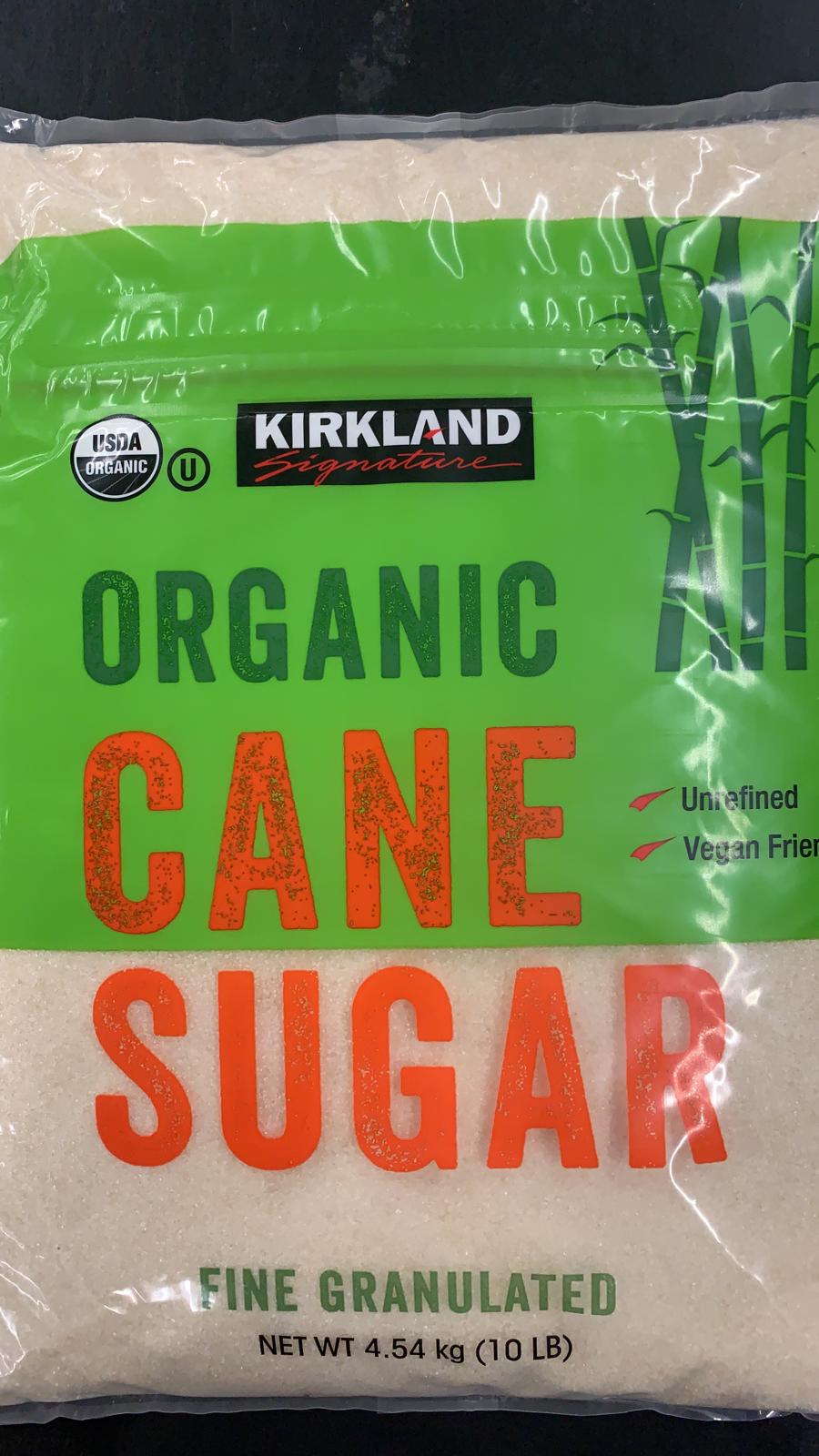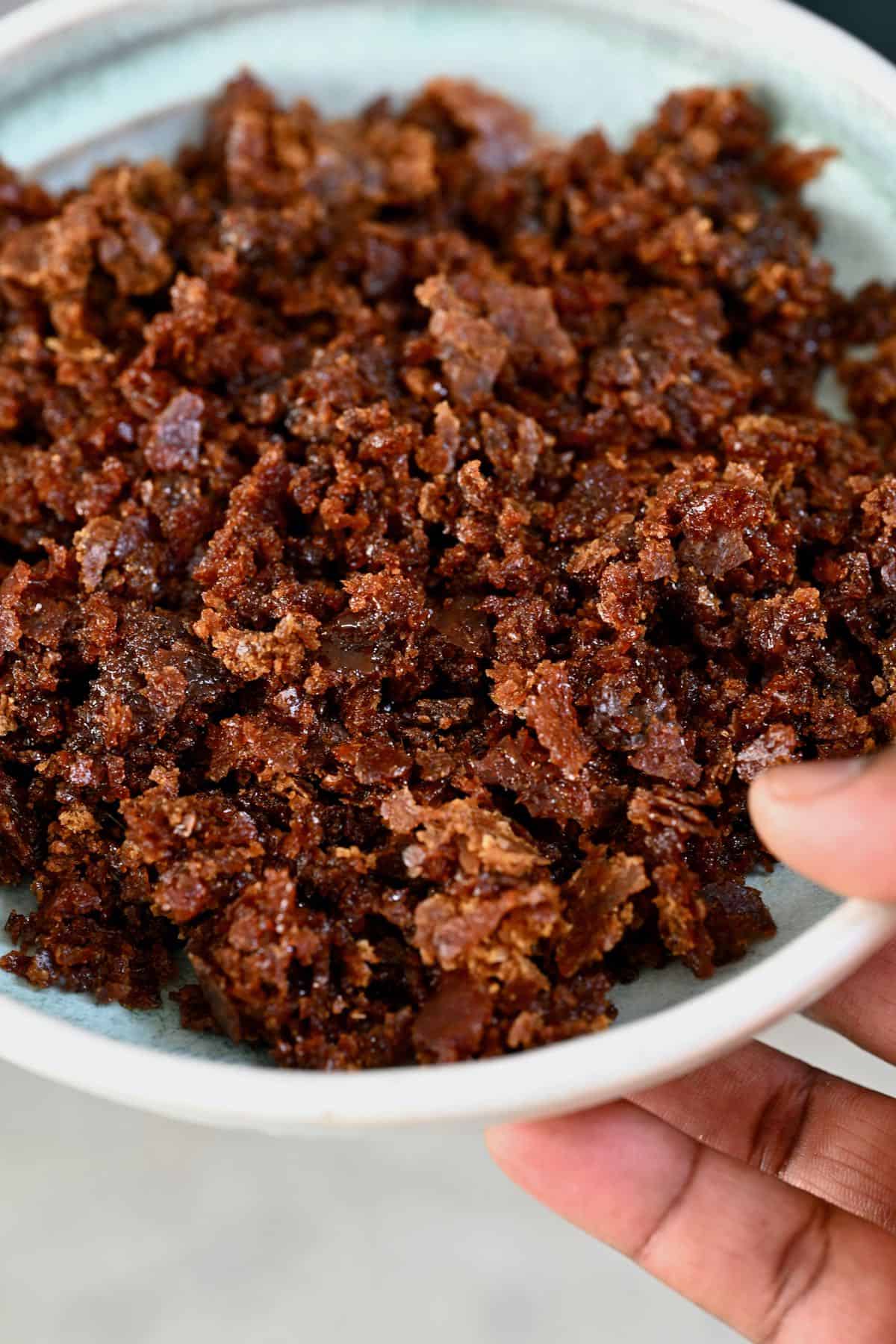Cane Sugar Processing Explained: What Occurs Inside a Sugar Mill
Cane Sugar Processing Explained: What Occurs Inside a Sugar Mill
Blog Article
An In-Depth Guide to the Environmental Effect and Sustainability Practices in Walking Stick Sugar Handling
The ecological effect of walking stick sugar processing offers a complicated range of challenges that warrant mindful assessment. From soil destruction and extreme water use to the carbon impact associated with farming and manufacturing, the consequences of typical methods are far-reaching. What details methods can be implemented to strike an equilibrium between efficiency and ecological stewardship?
Introduction of Cane Sugar Handling
Cane sugar handling involves a collection of systematic steps that change sugarcane into refined sugar. Initially, collected sugarcane is transferred to refining centers, where it undertakes cleaning to remove soil and debris. Following this, the walking stick is squashed to extract juice, which is after that clarified by getting rid of impurities with home heating and the addition of lime.
The made clear juice undergoes evaporation, where water is gotten rid of to concentrate the sugar material. This focused syrup is after that crystallized with air conditioning, allowing sugar crystals to develop. These crystals are divided from the remaining syrup utilizing centrifugation, causing raw sugar. To attain refined sugar, the raw product goes through more filtration processes, which may consist of cleaning and filtering system to eliminate staying contaminations and shade.
The final product is then dried and packaged for distribution. Throughout this entire procedure, keeping performance and quality assurance is vital to make certain the sugar fulfills sector criteria. Each action in walking cane sugar handling not just adds to the last item however likewise has ramifications for resource use and waste generation, setting the stage for discussions on sustainability and environmental influences connected with sugar manufacturing.
Ecological Obstacles of Manufacturing
The production of cane sugar presents several significant ecological obstacles that warrant focus. One main issue is the comprehensive use of agrochemicals, including plant foods and pesticides, which can bring about dirt deterioration, biodiversity loss, and contamination of local water sources. The drainage from sugarcane areas typically carries these chemicals right into neighboring ecological communities, interrupting water life and affecting the wellness of neighborhoods reliant on these water bodies.
Another challenge is the high power usage related to sugarcane handling. The boiling and refining phases need significant heat, largely created by melting nonrenewable fuel sources, adding to greenhouse gas discharges. Additionally, the extensive land area needed for sugarcane growing can lead to deforestation and habitat devastation, additional exacerbating environment change and harmful wildlife.
Additionally, the labor practices in some areas raise moral issues, as employees may encounter poor working problems and inadequate earnings. This situation usually perpetuates a cycle of hardship in local neighborhoods. Cane Sugar Processing. Addressing these environmental obstacles is essential for creating more sustainable techniques in cane sugar production, inevitably profiting both the environment and the neighborhoods associated with this industry
Water and Land Use Influence
Water resources and land usage are important components in the walking stick sugar sector that significantly affect the atmosphere. The farming of sugarcane requires substantial water input, with quotes recommending that it can eat approximately 2,000 litres of water per kilogram of sugar created. This intensive use water usually results in exhaustion of regional water sources, influencing not just the sugarcane haciendas but also surrounding environments and neighborhoods that count on the very same water resources for farming and residential usage.

In addition, land use for sugarcane cultivation can cause logging and the conversion of all-natural habitats right into monoculture plantations. This method reduces biodiversity, interrupts regional ecosystems, and adds to soil deterioration. The development of sugarcane areas commonly encroaches on useful farming land, creating competition for sources in between food and biofuel manufacturing.
Sustainable methods, such as maximizing watering techniques and carrying out plant turning, are vital to alleviate these influences. By adopting much more effective water usage and land monitoring approaches, the cane sugar industry can decrease its environmental impact, making certain a balance between agricultural productivity and environmental preservation.
Greenhouse Gas Emissions
Greenhouse gas discharges represent a considerable environmental worry within the walking cane sugar handling sector, specifically as farming techniques increase to fulfill international need. The growing of sugarcane, a plant that grows in exotic environments, depends greatly on artificial plant foods and chemicals, which add to laughing gas discharges. Furthermore, land-use modifications, consisting of logging for brand-new sugarcane haciendas, launch carbon dioxide kept in greenery and soil.
During handling, power consumption is one more major resource of greenhouse gas discharges - Cane Sugar Processing. Many sugar mills make use of fossil gas to power machinery and create warm, resulting in substantial Website carbon footprints. Furthermore, the transport of raw sugarcane and completed products includes layers of emissions via fuel burning in automobiles
The cumulative result of these discharges aggravates climate change, presenting risks not just to the environment but additionally to the long-lasting viability of the market. Stakeholders must acknowledge the immediate requirement for comprehensive methods that attend to these emissions. This includes reviewing existing agricultural methods, refining methods, and transport systems to identify areas for renovation and mitigation. Dealing with greenhouse gas exhausts is vital for cultivating a more sustainable walking cane sugar industry in an Read Full Article altering environment.

Sustainable Practices and Innovations
Lasting methods and developments are significantly crucial in the cane sugar handling industry as stakeholders look for to lower environmental effects while maintaining efficiency. One significant improvement is the implementation of incorporated crop administration, which maximizes resource usage by combining dirt monitoring, insect control, and plant rotation methods. This approach improves return while minimizing chemical inputs and protecting dirt health.
Additionally, the adoption of renewable resource resources, such as biomass from sugarcane residues, has actually obtained traction - Cane Sugar Processing. By converting waste items right into energy, processing centers can lower their reliance on fossil fuels, consequently lowering greenhouse gas emissions
Water administration techniques have actually also seen enhancements with the recycling and reusing of water in handling plants, significantly decreasing freshwater intake. Technologies in technology, such as precision agriculture, allow farmers to keep an eye on plant wellness and source use more efficiently, guaranteeing lasting cultivation methods.
Moreover, qualification programs like Fair Profession and Rain forest Partnership urge eco liable farming techniques and advertise social equity within the supply chain. By welcoming these lasting methods and advancements, the walking stick sugar handling sector can enhance its strength and contribute favorably to environmental stewardship.
Verdict
The ecological impact of cane sugar processing presents considerable challenges, consisting of dirt destruction, high water intake, and greenhouse gas discharges, alongside honest worries connected to labor practices. Dealing with these problems via lasting practices, such as incorporated plant administration, renewable energy fostering, and water recycling, is crucial. By advertising socially equitable and environmentally liable techniques in sugar production, the industry can mitigate its damaging impacts, ensuring an extra sustainable future for both neighborhoods and communities entailed in this industry.
Walking cane click here to read sugar processing involves a collection of systematic actions that transform sugarcane right into refined sugar. Each action in cane sugar handling not only adds to the final item but likewise has implications for resource usage and waste generation, setting the phase for discussions on sustainability and ecological impacts connected with sugar production.
Greenhouse gas discharges stand for a considerable ecological concern within the walking stick sugar handling market, specifically as agricultural methods increase to meet worldwide need.Sustainable techniques and innovations are progressively vital in the walking cane sugar handling sector as stakeholders look for to reduce environmental effects while keeping efficiency.The ecological influence of walking cane sugar handling offers substantial difficulties, including dirt degradation, high water consumption, and greenhouse gas emissions, along with ethical issues associated to labor methods.
Report this page